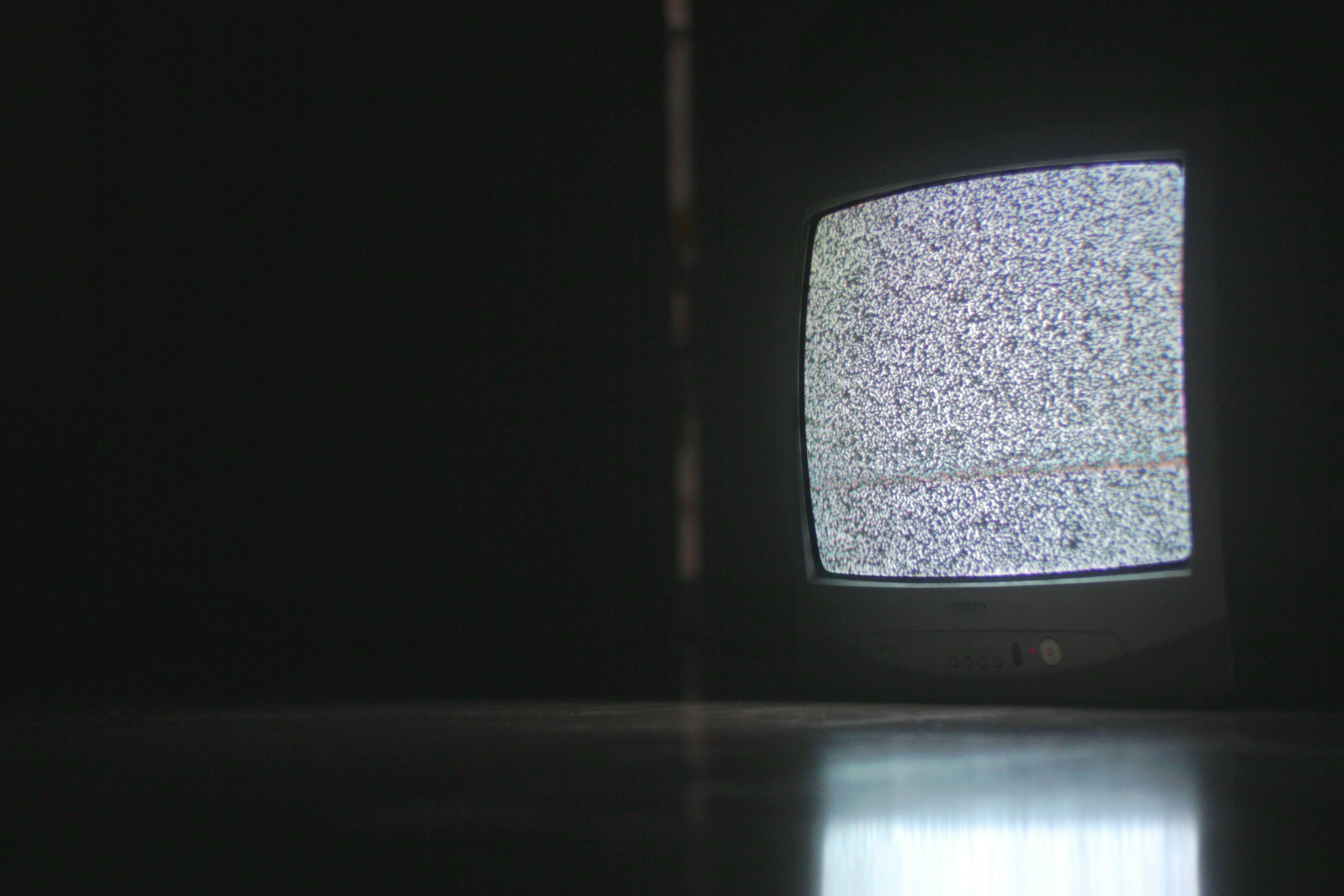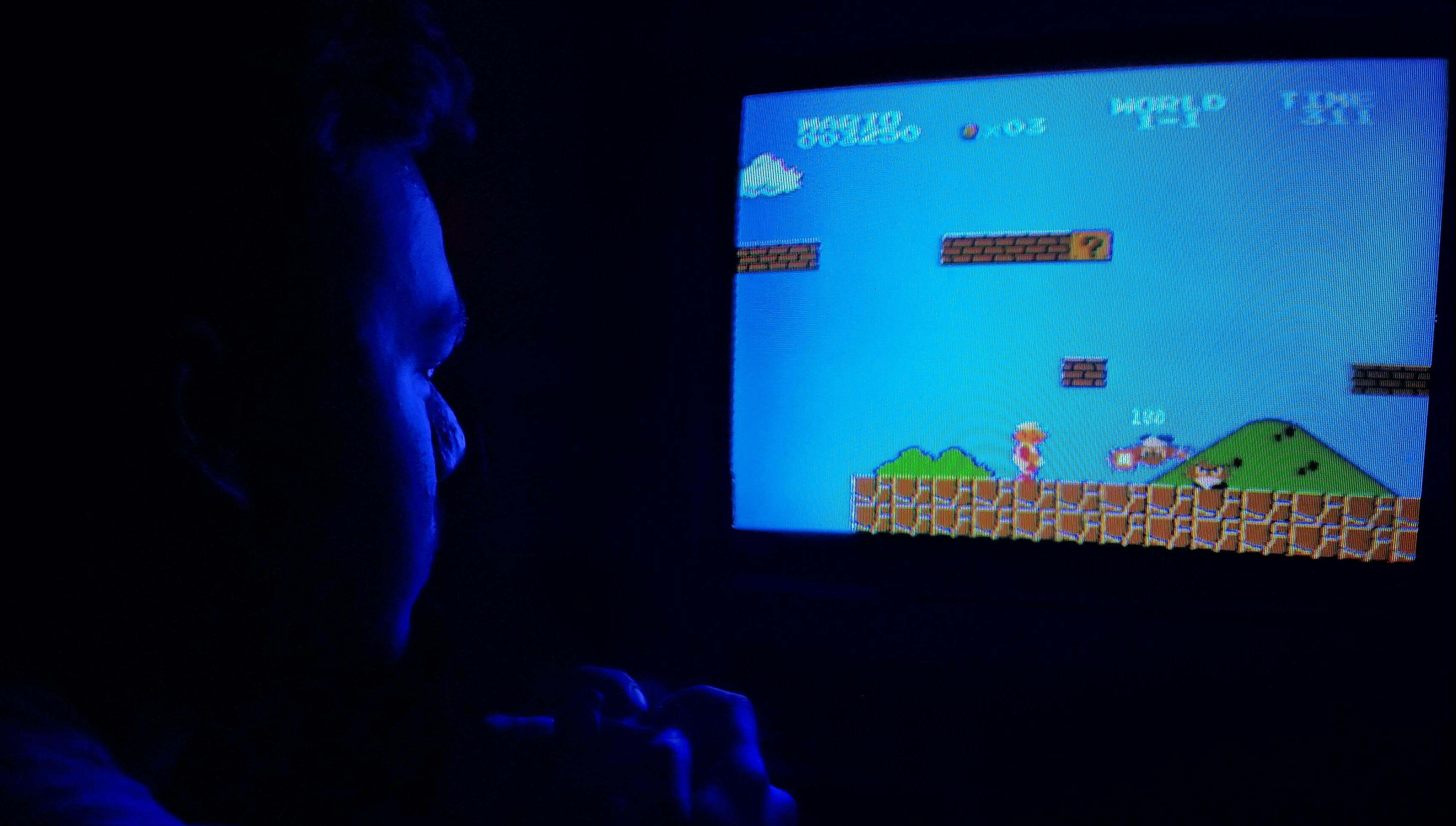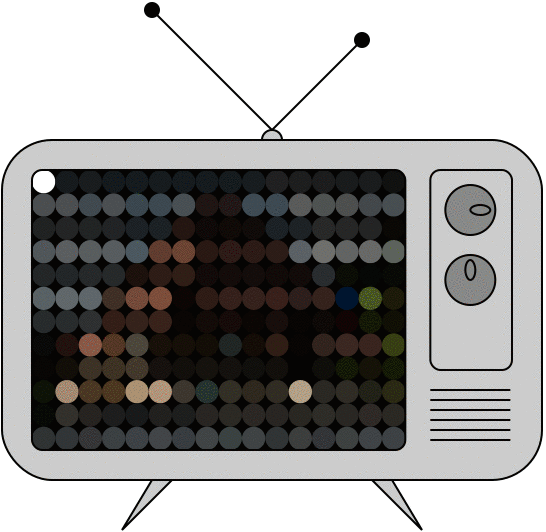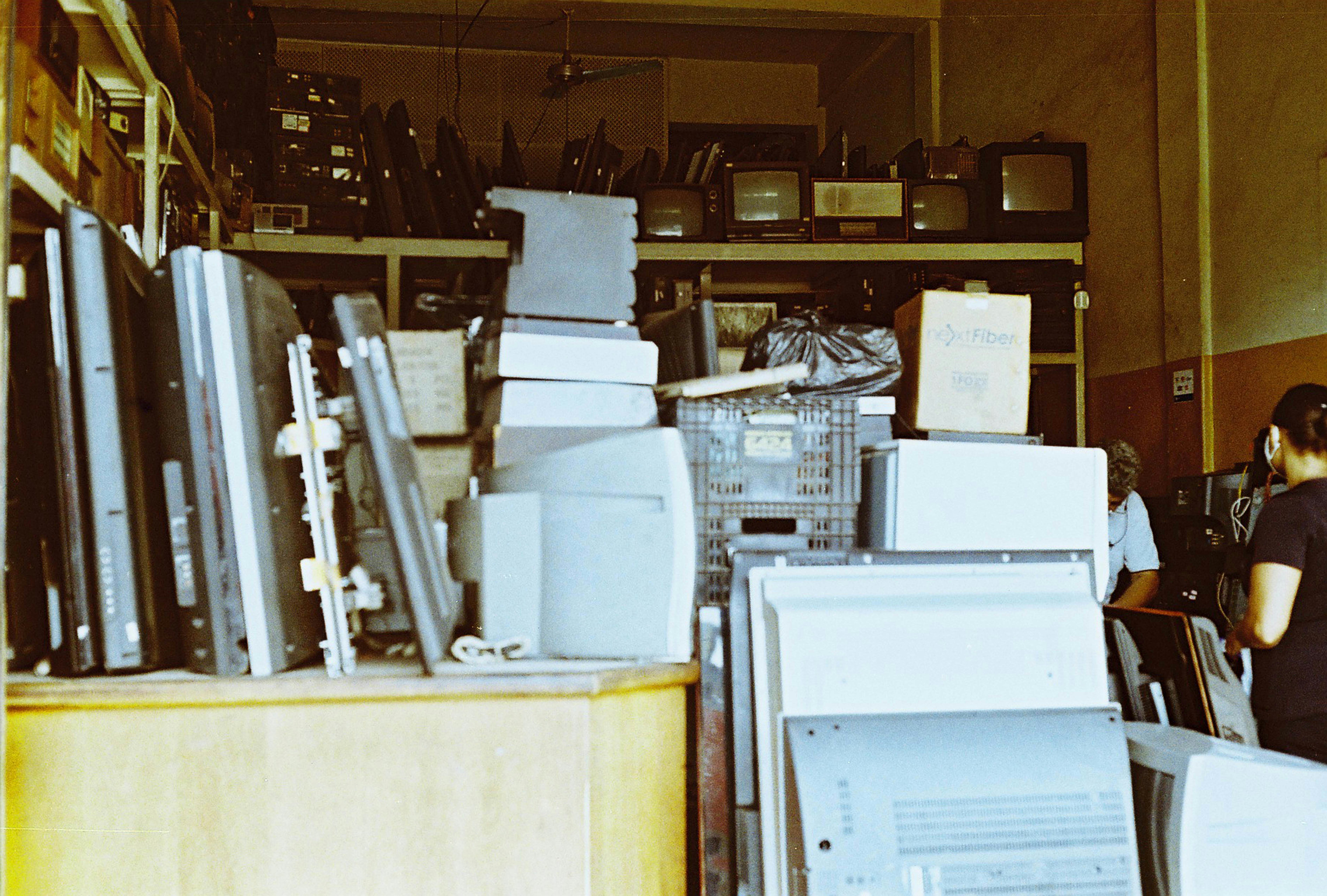
In the world of ever-advancing technology, where the best 4K TVs and advanced display tech like MLA and QD-OLED reign supreme, an unlikely contender is making a quiet (yet significant) comeback. Cathode Ray Tube (CRT) televisions – those bulky relics of the past that many of us gleefully abandoned for sleeker, flatter alternatives – are experiencing a renaissance among a passionate niche of retro-loving enthusiasts.
While perhaps not exploding in popularity on the same level as the vinyl resurgence, the CRT gaming community is growing steadily, with dedicated online forums and subreddits abuzz with activity. But with their space-hogging nature and back-breaking weight, why on earth would anyone want to hunt down less advanced, lower-resolution screens that are decades old?
The answer, as it turns out, is more complex – and fascinating – than you might think. In fact, CRT is so revered in some circles, that one intrepid gamer even managed to overclock an ancient CRT PC monitor to a mind-boggling 700Hz refresh rate – a feat that destroys even the most expensive, fastest modern gaming monitors available today. But we digress.
A blast from the past, with surprising benefits

At first glance, the idea of eschewing a crisp 4K display for a chunky CRT might seem absurd. But for retro gaming enthusiasts, these old-school screens offer a host of advantages that simply can't be replicated by modern flat panels.
One of the most significant benefits is the near-instantaneous response time. CRTs have virtually zero input lag, with response times measured in nanoseconds. This means that when you press a button on your controller, the action on screen happens immediately – a crucial factor for fast-paced retro games that were designed with this instant feedback in mind. Those of you old enough to remember tricky platforming sections that resulted in one too many Mario sprites plummeting to their off-screen doom, will understand the importance of responsive controls.
Modern TVs, by contrast, often introduce noticeable input lag due to their complex image processing. While many new TVs offer a Game Mode to reduce this delay, it's still not on par with the immediacy of a CRT.
Another major draw is the unparalleled motion clarity. CRTs can display moving images with a level of sharpness that even top-of-the-line OLED displays struggle to match. This is because CRTs don't suffer from motion blur or ghosting effects (since they draw images line by line rather than presenting the whole frame at once), resulting in silky-smooth gameplay that's particularly noticeable in fast-moving retro titles.
For many retro gamers, the authentic visual experience is paramount. CRTs naturally display games from the 8-bit, 16-bit, and early 3D eras as they were originally intended to be seen. This includes the iconic scanlines – those slight gaps between horizontal lines of resolution that many associate with retro gaming aesthetics. While modern displays can emulate scanlines, purists argue that nothing beats the real thing.
Compatibility is another significant factor. Many retro consoles and peripherals, such as light guns used in classic shooting games, simply won't work with modern flat-panel displays due to the fundamentally different ways these technologies operate.
It's not just about gaming, either. The nostalgia factor extends to movies and TV shows as well. Many enthusiasts are rediscovering the joy of watching old VHS tapes and DVDs on CRTs, experiencing their favourite childhood shows in their original 4:3 aspect ratios – just as they remember them.
How CRTs work their magic

To understand why CRTs offer such unique benefits for retro gaming, it's worth delving into the technology behind these displays. Unlike modern flat panels, which use an array of pixels that are individually lit, CRTs work by using an electron gun to fire beams of electrons at a phosphor-coated screen. The electron beams scan across the screen line by line, lighting up the phosphors to create the image. This process happens so quickly – typically 50 to 60 times per second, or faster than our eyes can keep up with – that our eyes perceive it as a stable image.
This unique method of image creation is what gives CRTs their distinct brightness, rich colours, and ultra-deep blacks. In fact, it's worth noting that this phosphor-based technology is why plasma TVs, like the legendary Pioneer Kuro, were (and still are) so highly coveted, particularly for their rich, deep blacks – long before OLED entered the scene.
Another major difference between CRTs and modern displays, is that CRTs draw the entire image almost instantly, whereas LCD and OLED displays have to switch the state of each pixel, which takes time. This is why CRTs can offer such incredibly low input lag and superior motion clarity. Additionally, the way CRTs handle resolution is fundamentally different, allowing for a more natural scaling of lower-resolution content – a boon for retro games.
The downsides of going retro

Of course, for all their advantages, CRT TVs come with their fair share of drawbacks. The most obvious is their sheer size and weight. A 32-inch CRT can easily weigh over 45kg (!), making them a nightmare to move and position. In homes where space is often at a premium, finding room for these behemoths can be a real challenge.
Scarcity is another issue. As CRT production has long since ceased, finding a good quality used model can be tricky. Many available units have seen heavy use over the decades, potentially affecting their lifespan and picture quality. Repair and maintenance can also be problematic, as fewer technicians are familiar with CRT technology, and replacement parts are becoming increasingly scarce.
And then there’s the bleak energy consumption stats. CRTs are notoriously power-hungry compared to their modern LED counterparts, which could lead to higher electricity bills for dedicated users. Those of you that remember the warmth emanating from an old CRT set on cold winter nights can attest to their poor efficiency. Though the warm glow was, admittedly, rather cosy.
Finding your own slice of retro heaven

If you're intrigued by the idea of experiencing your favourite retro games as they were meant to be played, you might be wondering how to get your hands on a CRT TV. While it's not as simple as walking into your local electronics store, there are still ways to find these vintage displays.
We've included some tips below, courtesy of Reddit CRT enthusiast stabarz, who shared their advice on the r/retrogaming subreddit:
- Shop around: When it comes to sourcing a CRT, try not to rely on eBay. Consumer CRTs listed there are often overpriced and at high risk of shipping damage. Instead, they recommend searching local listings, with Facebook Marketplace being a particularly fruitful source in many areas.
- Brand hunt: While Sony Trinitron models are often coveted, they're not the only brand worth considering. JVC, Toshiba, and Panasonic all produced excellent CRTs. Trinitrons use an aperture grille tube for sharper images, while other brands typically use shadow masks for a softer, more arcade-like look. Both have their merits, and some games may benefit from one over the other.
- Missed connections: When inspecting a potential purchase, it's crucial to check the available connections. While RF and composite inputs are common, S-video offers a significant step up in image quality. Component video inputs, often found on TVs from around 2000 onwards, provide the best picture for most retro consoles. However, it's worth noting that RGB inputs are rare on North American CRTs.
- The right tool for the job: There’s also a distinction between standard definition (SD) and high definition (HD) CRTs. For retro gaming with consoles from the 5th generation and earlier, SD CRTs are preferable. HD CRTs can be excellent for 7th gen consoles like Xbox 360 and PS3, but they often struggle with older systems due to upscaling issues and input lag.
- Flat vs curved: The choice between flat and curved screens is largely a matter of personal preference. Flat screens are more modern and often feature component inputs, but they can suffer from geometry issues – warping and waving effects that can be distracting in 2D games.
- And the rest: Other factors to consider include the TV's life span (heavily used sets may have diminished brightness), optimal picture settings (lower contrast often yields clearer images), and the sheer weight of these units. Larger CRTs can weigh over 100kg, with Trinitrons being particularly hefty.
Ultimately, finding the right CRT for your retro gaming set-up requires some research and patience. And while CRT gaming might not be for everyone, it's clear that these old-school displays offer a unique and compelling way to experience retro games. Whether you're a dedicated fan or just curious about gaming history, there's something undeniably special about playing classic titles on the hardware they were designed for, and the unique visual experience and authentic gameplay offered by CRT TVs make the (duck) hunt well worth the effort.
MORE:
Best gaming TV: ideal companions for the PS5, Xbox and PC put to the test
Best TV: flagship OLEDs and affordable flatscreens tried and tested
My favourite headphones are the worst-sounding pair I own – but they have something special







